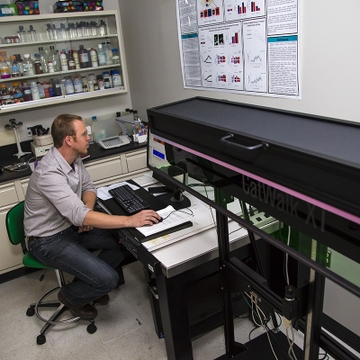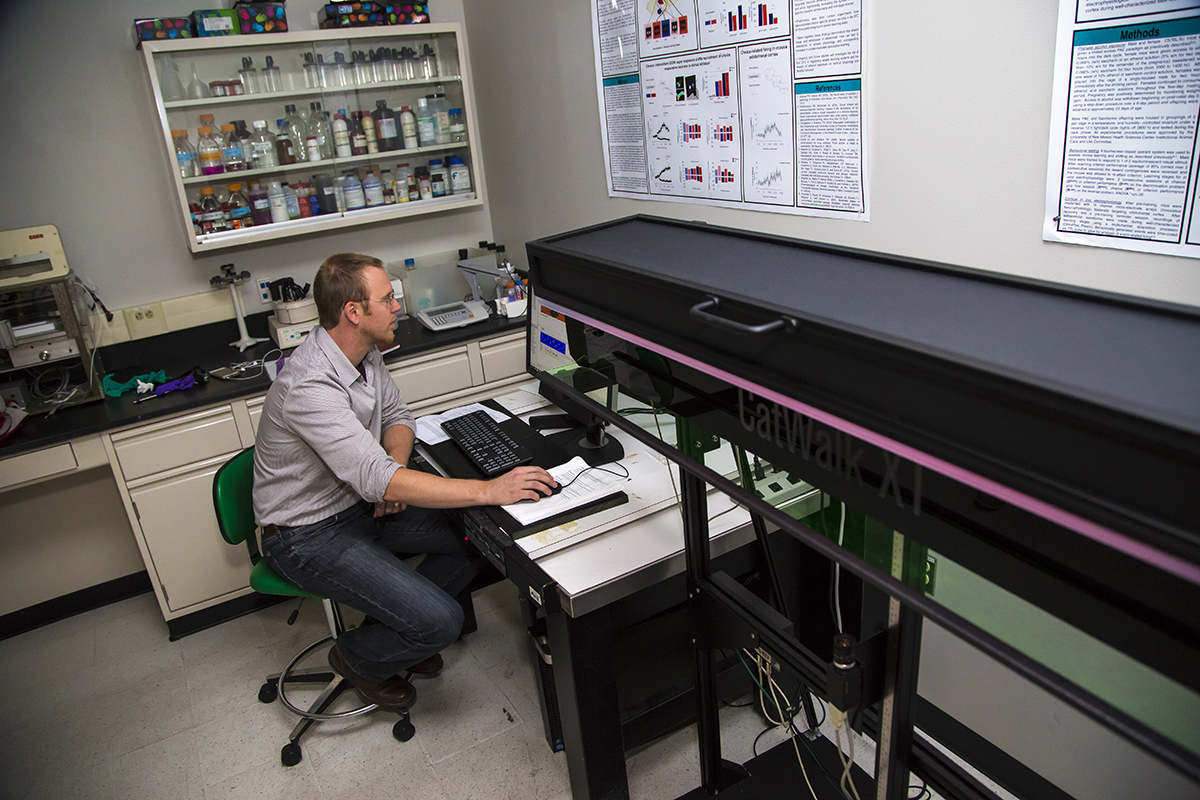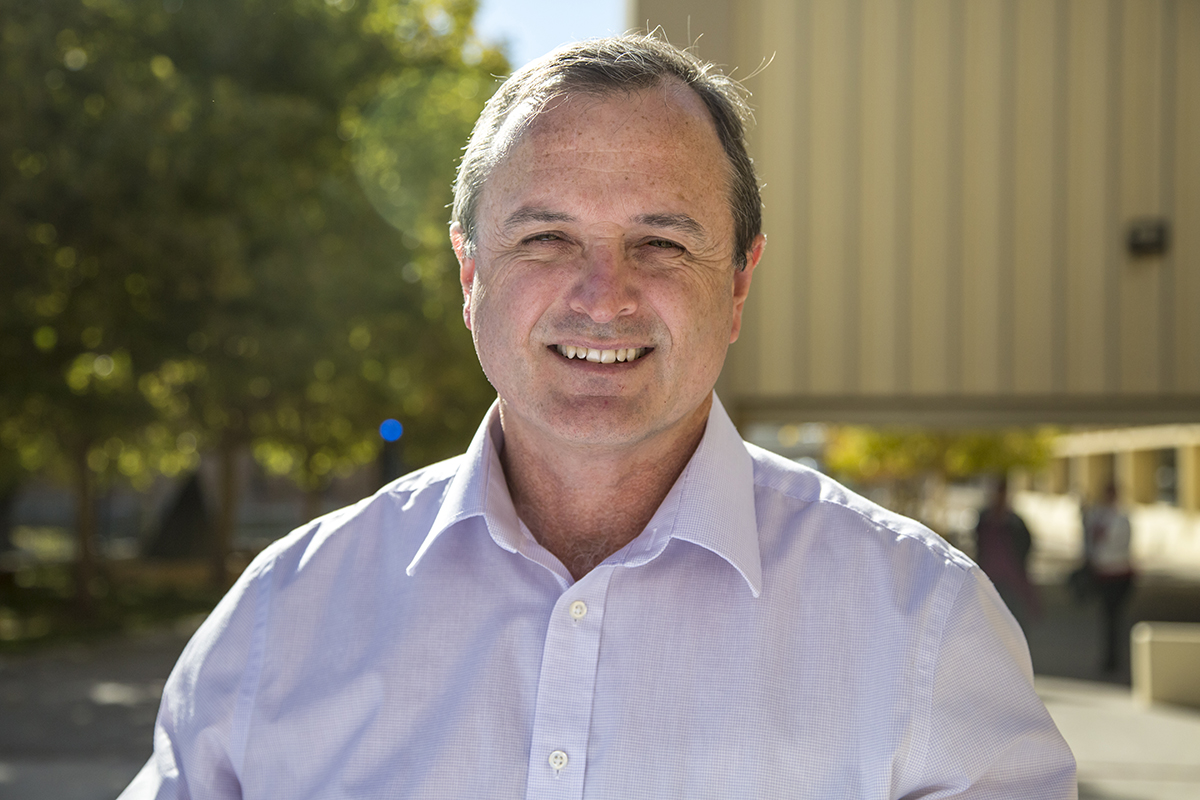Program Provides Research Opportunities for Undergraduate Students

BBHI brings team approach to treating brain injury
The human brain - containing some 86 billion neurons (and trillions of connections among them) - is the most intricate known structure in the universe. A special team is needed to tackle this complexity and devise new treatments for neurological diseases and injuries.
The University of New Mexico's Brain & Behavioral Health Institute (BBHI) takes a multidisciplinary approach to attacking brain-related problems, bringing together researchers from across campus, including the departments of Neurology, Neurosurgery, Neurosciences and Psychiatry and Behavioral Sciences.
"Research and education have traditionally been quite compartmentalized," says BBHI Director Bill Shuttleworth, PhD, Regents' Professor in the Department of Neurosciences and associate director of the Clinical & Translational Science Center. "BBHI dramatically changes the dynamic. We have an opportunity to leverage each other's expertise to enrich research programs and be more responsive to national funding opportunities."
Community an integral part of UNM's Brain and Behavioral Health Instititute from UNM Health Sciences Center on Vimeo.
One example is the competitive five-year $11.6 million federal grant that BBHI recently secured to establish a new Center for Brain Recovery and Repair. The grant from the National Institute of General Medical Sciences will fund five junior investigators to launch new research into brain stimulation techniques and ways of regenerating brain tissue.
The money will also help provide research support. "We're a platform to facilitate diverse programs that address brain health across the lifespan," Shuttleworth says. "This is one of BBHI's key achievements to date."
BBHI is committed to tailoring its patient-centered research to meet the unique needs of New Mexicans. Starting in 2013, BBHI faculty spent 18 months meeting with individuals and advocacy organizations to find out what mattered most to them.
Community groups "are really the engine pulling the train," Shuttleworth says. He credits the New Mexico Brain Network, a coalition of patient advocacy organizations, with helping to shape the research agenda. "They helped us develop a meaningful program."
Network representatives will be included in steering committees to help shape the center's development, he says. The group has been meeting monthly and is also working with the Alan Alda Center for Communicating Science at Stony Brook University. The Alda Center generally focuses on teaching scientists to communicate with the public, but the New Mexico advocates have helped flip the paradigm; now, the center has become interested in teaching scientists how to listen to laypeople. This work is funded by a federal Patient-Centered Outcomes Research Institute award to BBHI to facilitate progress in Alzheimer's disease, cerebral cavernous malfor-mations and autism.
"We're trying to do something special," Shuttleworth says. "We're trying to pull people together from very different groups across campus. People have been working on brain disorders at UNM for decades and there has been a pent-up feeling that we could do more collaboratively, across disciplines."
BBHI is making progress in its research, Shuttleworth says. "It has an ambitious agenda. But, still, there's a lot of hard work to do to break down some of those barriers. We're looking for opportunities to collaborate."

